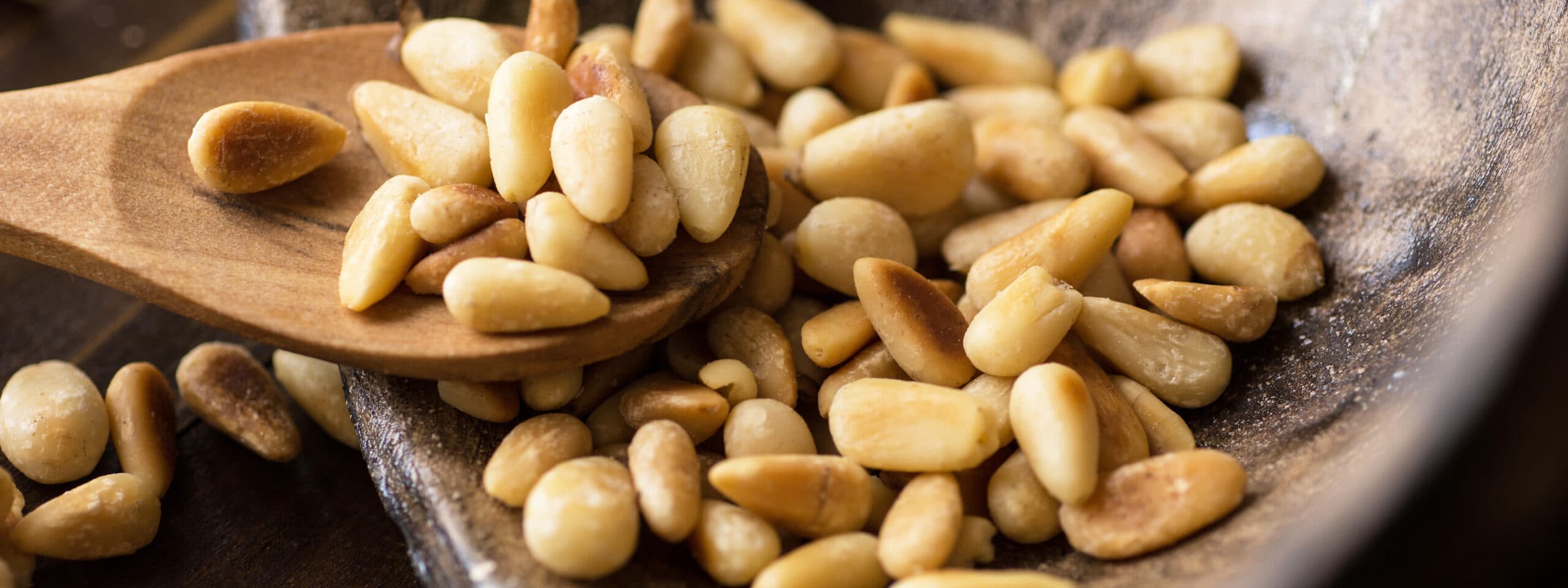The Australian Pine Nut Strategic RD&E Plan (2022-2032) | AgriFutures Australia has identified five research and development priorities for industry to implement over the next decade, in an effort to meet growing demand for the product.
At the top of the list is improving the output and productivity of Italian Stone Pine (species Pinus Pinea)
Currently, there are just two commercial-scale growers of Pinus pinea – the species of tree that produces the superior European pine nut – and Richard Zwar is one of them.
His pine nut farm commenced 22 years ago and, in that time, has seen slow, but steady, progress in the industry.
“I have 30,000 mature trees and another 120,000-seedlings planted, with a current world shortage of this quality nut,” Richard said.
“Our market is very much a boutique one but with strong demand, and we sell a recognised clean, green Australian product that doesn’t battle with the pest and disease issues that face overseas markets that grow them.”
He acknowledges that the major hurdle for the emerging industry is the timeframe from planting to production to yield.
“It’s approximately seven to 15 years before you get a reasonable crop, so there’s definitely work to be done around how to bring that first harvest forward,” Richard said.
“We know that it can be done by grafting the trees, but it’s a difficult process, so more attention on this piece of research is welcome.”
A perfect opportunity
AgriFutures Australia Manager Emerging Industries, Laura Skipworth said the success of other nut industries in Australia, such as almonds, walnuts, pistachios, hazelnuts, pecans, macadamias, and chestnuts, provides a perfect opportunity to establish pine nuts as the next industry.
“There is a global demand for pine nuts and production in Europe is declining, so it’s an ideal time to be investing in the potential of this industry,” she said.
“The Plan is designed on a 10-year cycle, longer than the traditional five-year program, to account for the lead-time between pine plantation and yield, which can be considered a weakness for industry, but we know orchards can thrive in locations with marginal soils which limits the initial investment outlay.”
Richard Zwar said one successful way to counteract the long lead time to yield is a focus on diverse use of the land the trees can be grown on.










